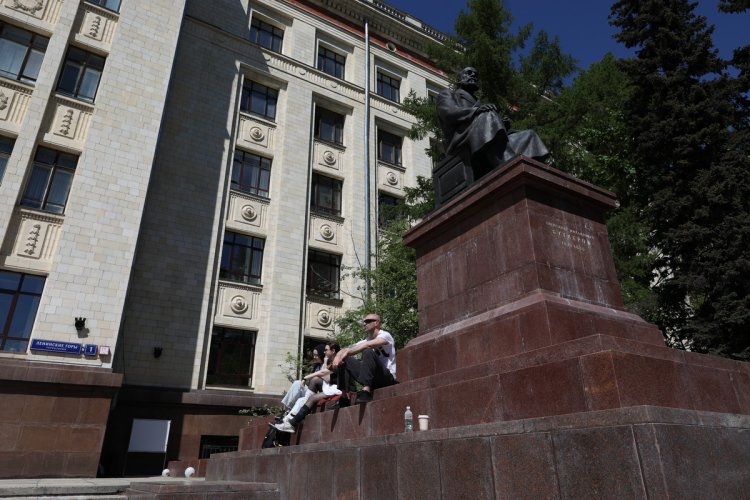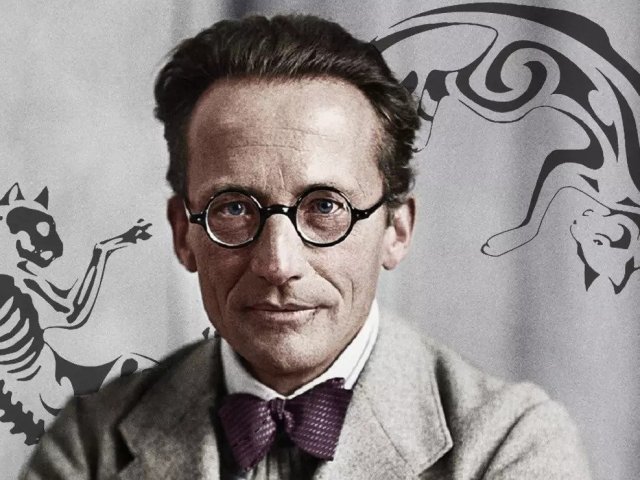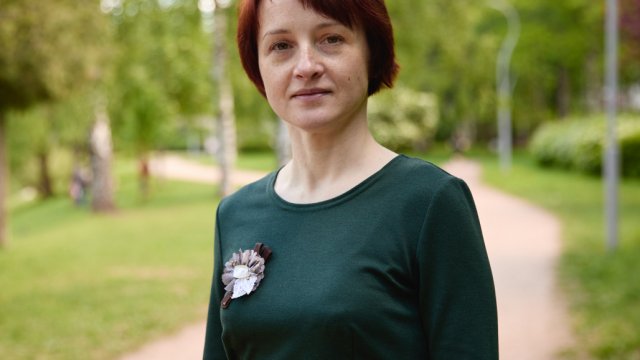The theory of chemical structure, which describes the sequence of arrangement of atoms and bonds in a molecule, the way atoms influence each other, and the relationship of structure with the physical and chemical properties of substances, is the foundation of organic chemistry. Its creator, the outstanding Russian chemist Alexander Butlerov, was born on September 15, 1828.
The Kazan Institute of Chemistry is actually named Alexander Butlerov Chemistry Institute. It was in Kazan where young Butlerov took up the interest in chemistry. Researchers of his biography state that as early as at the age of 8, Alexander received the nickname “The Great Chemist.” However, at that time it had been more of a punishment and mockery: he was given the nickname, which would become prophetic, after this curious pupil of the Kazan boarding school became fond of pyrotechnics. One night, his secret experiments with dangerous substances in the school’s kitchen, nearly set it on fire. The explosion was heard outside the building, the boy's hair and eyebrows were burned, and as disciplinary sanction he was sent to a punishment cell. Afterwards, Butlerov would be brought into the school’s canteen with a board on his chest that read “The Great Chemist.”
At the age of 16, Alexander Butlerov entered the natural sciences department of Kazan Federal University. At first, he was interested in botany, zoology, and entomology. The scientist achieved success in this field on the basis of beekeeping. At that time, peasants were using logs, cleared from the inside, to breed bees; such logs could not be broken to have the honeycomb out. Butlerov brought beehives from Europe, established an apiary, began publishing a magazine on beekeeping and achieved the development of this form of agriculture.
After his father's death, the scientist began to study chemistry more deeply. After graduation he stayed at the university and defended his doctoral thesis in 1854, at the age of 26. And at the age of 32 Alexander Butlerov became the rector of Kazan Federal University: this order was issued by the Emperor Alexander II. Butlerov held the position of the rector for three years. It was during that period, namely, the 19th of September, 1861, when the chemist made a report On the chemical structure of substances at the congress of German naturalists and doctors in Speyer. There he defined the foundations of the classical theory of chemical structure.
Assuming that each chemical atom in a body contains only a certain limited quantity of chemical force (affinity), with which it participates in the formation of a compound, I should like to indicate this chemical inter-relation or the manner in which the atoms are bound together in a compound by the term “chemical structure,” that is how Butlerov defined the concept of chemical structure.
The great chemist died at the age of 58 in his Butlerovka estate, which is the Alekseevsky district of Tatarstan today. There is a chapel at the site of his burial.
Photo: Elena Librik / Scientific Russia
Based on open sources






















